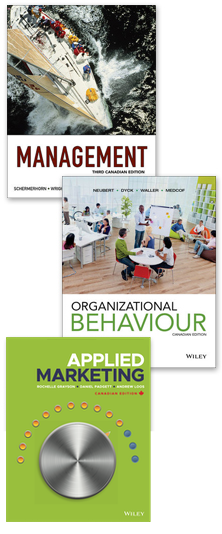The world-wide recession was driven in large part by numerous failures in two key industries – banking and automotive. In the United States, many of the big players in both industries required substantial bailouts from the Government to survive. On the financial side, J.P. Morgan Chase was considered one of the more stable banks, as its top management team managed to stay intact and avoid much of the scrutiny other companies endured. However, as the global economy remains stifled, Morgan is looking very closely at its management team and making changes that it believes will usher in a new era.
QUESTIONS:
- What model of change leadership is J.P. Morgan Chase utilizing? What are its reasons for doing so?
- Do you believe the changes likely to occur will be incremental or transformational? Why? Since J.P. Morgan seems to be doing well, what are the drivers of these changes?
- What are the likely targets of these changes (i.e., what aspects of the company will the changes influence)?
- Assume that J.P. Morgan is attempting to implement broad (organization-wide) change. What is the best change strategy to utilize? What is your rationale?
- While we do not know the reasons for Heidi Miller’s pending retirement and Todd Maclin’s job shift, would moving top management out/to other positions be an effective way to deal with resistance change? Why or why not?
SOURCE: D. Fitzpatrick, R. Sidel, & D. Enrich, “Talk of Changes at Stable J.P. Morgan,” Wall Street Journal (Retrievable online at http://online.wsj.com/article/SB10001424052702304906004576367570268643228.html)


Leave a Reply